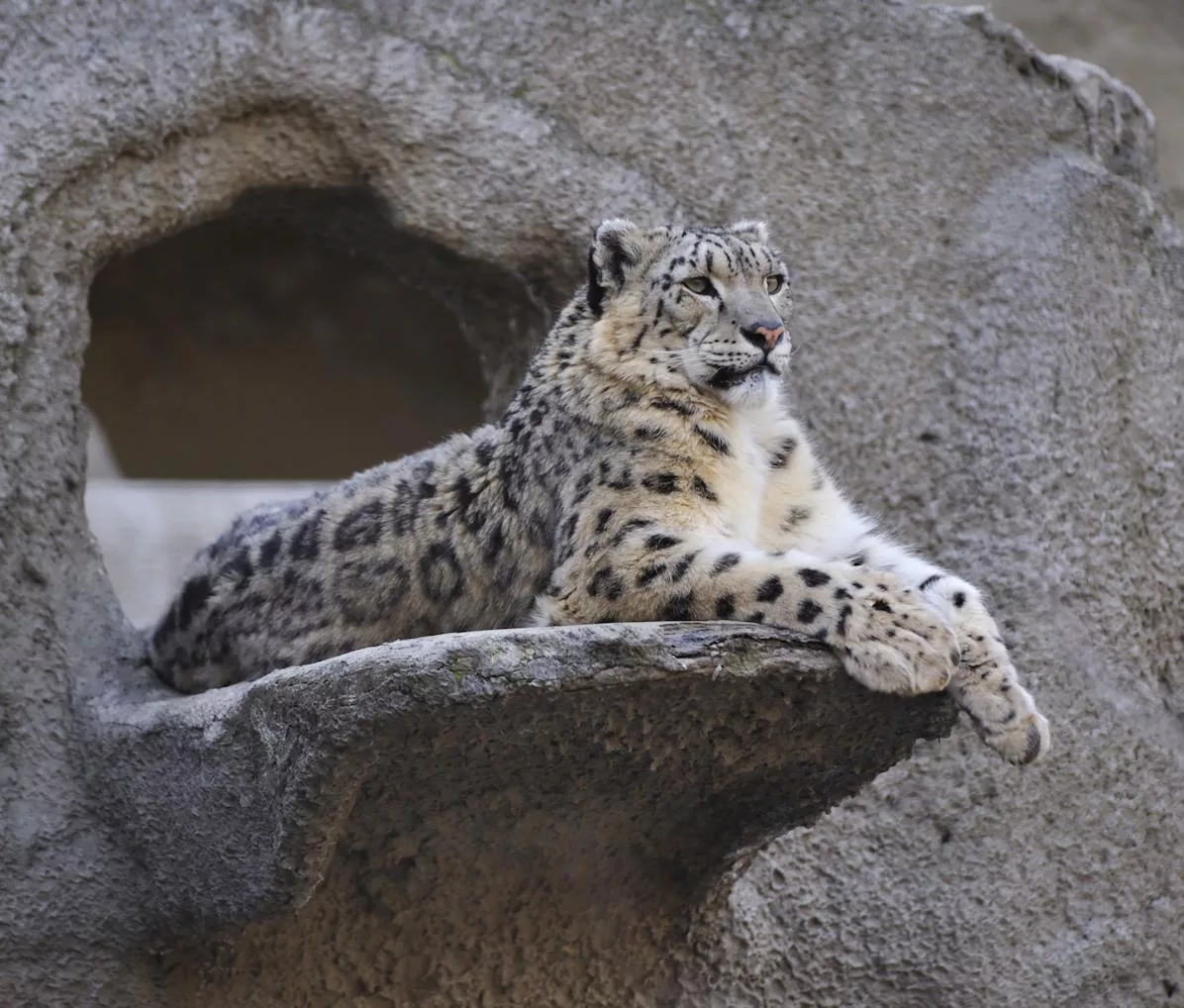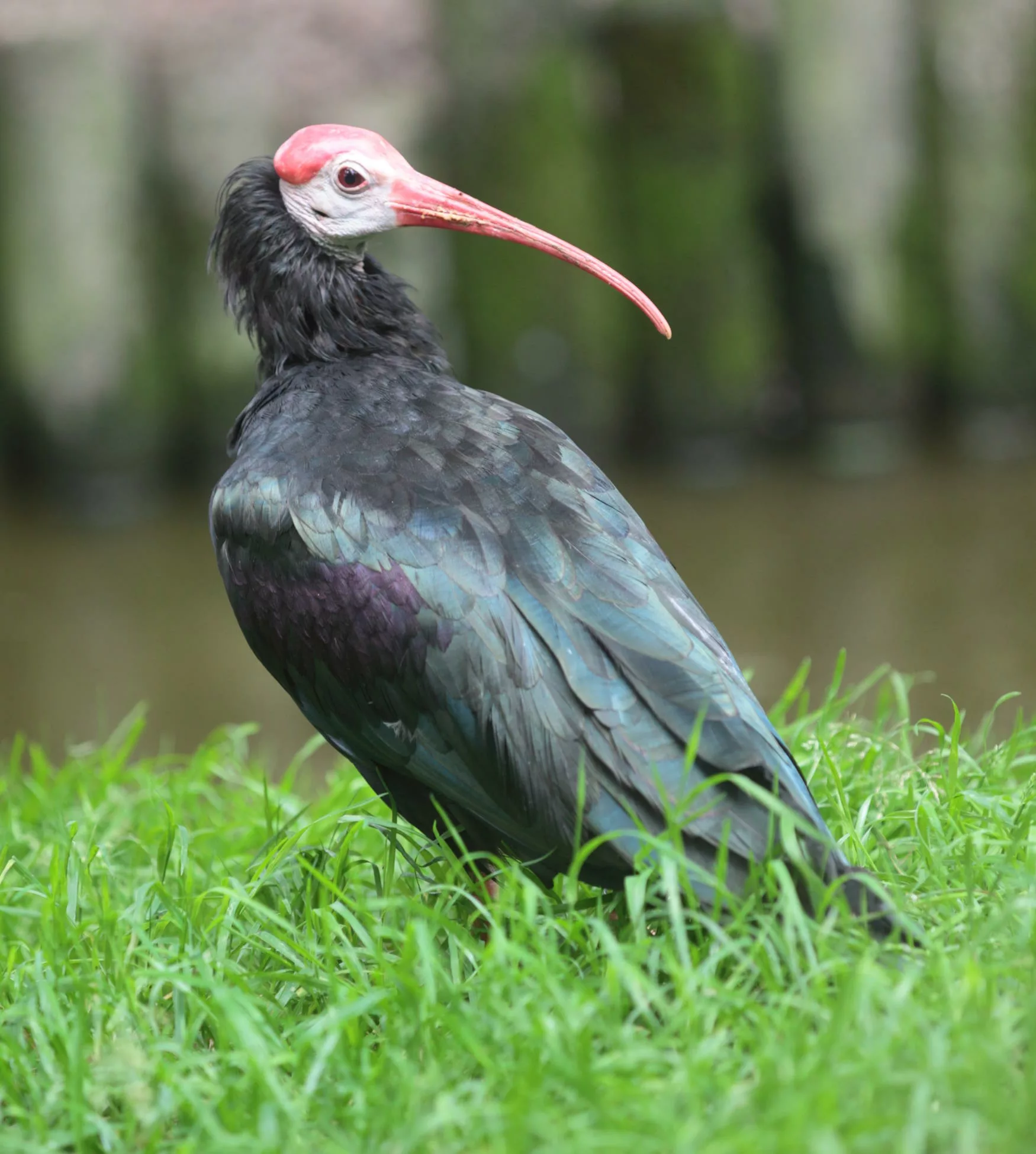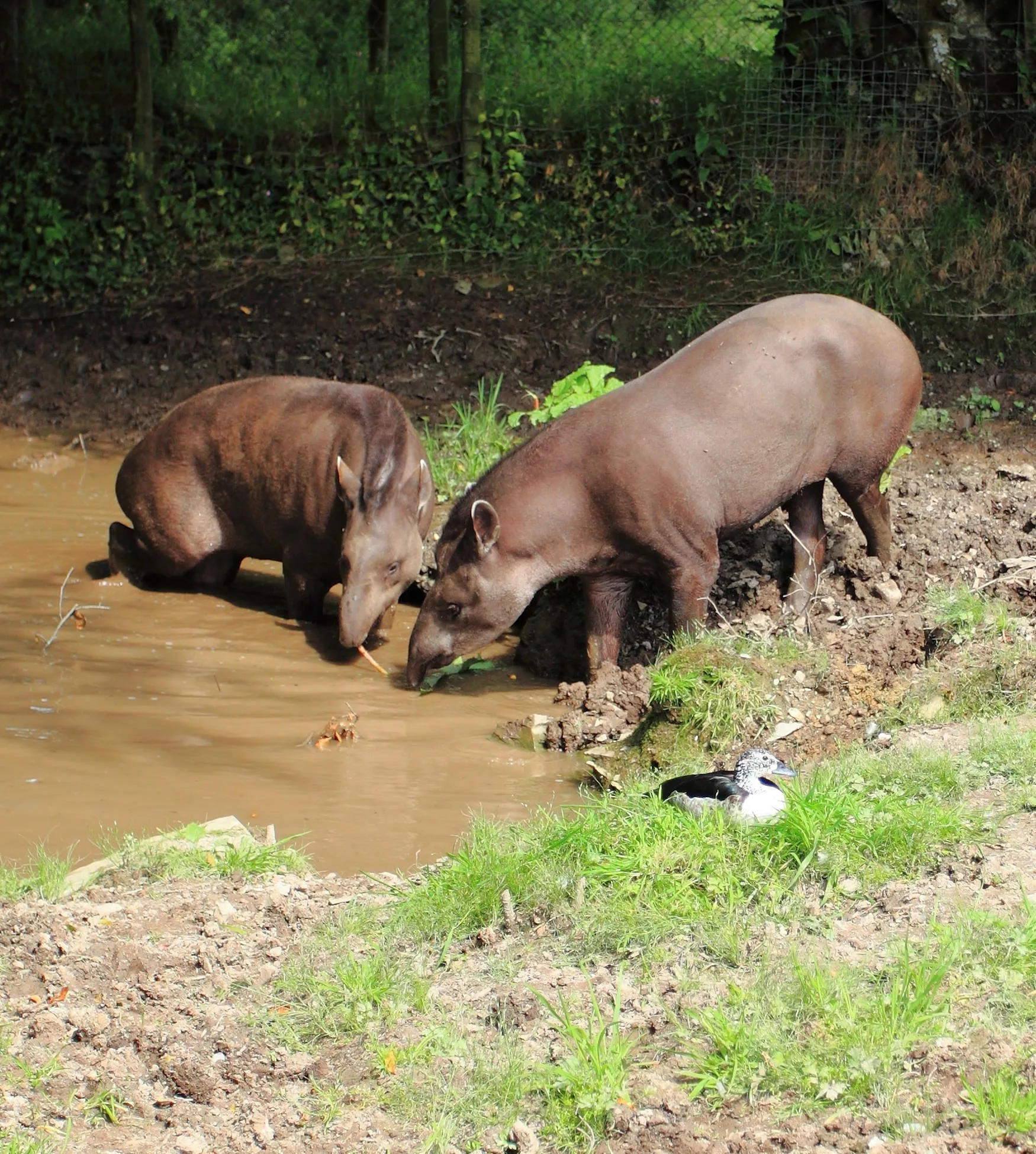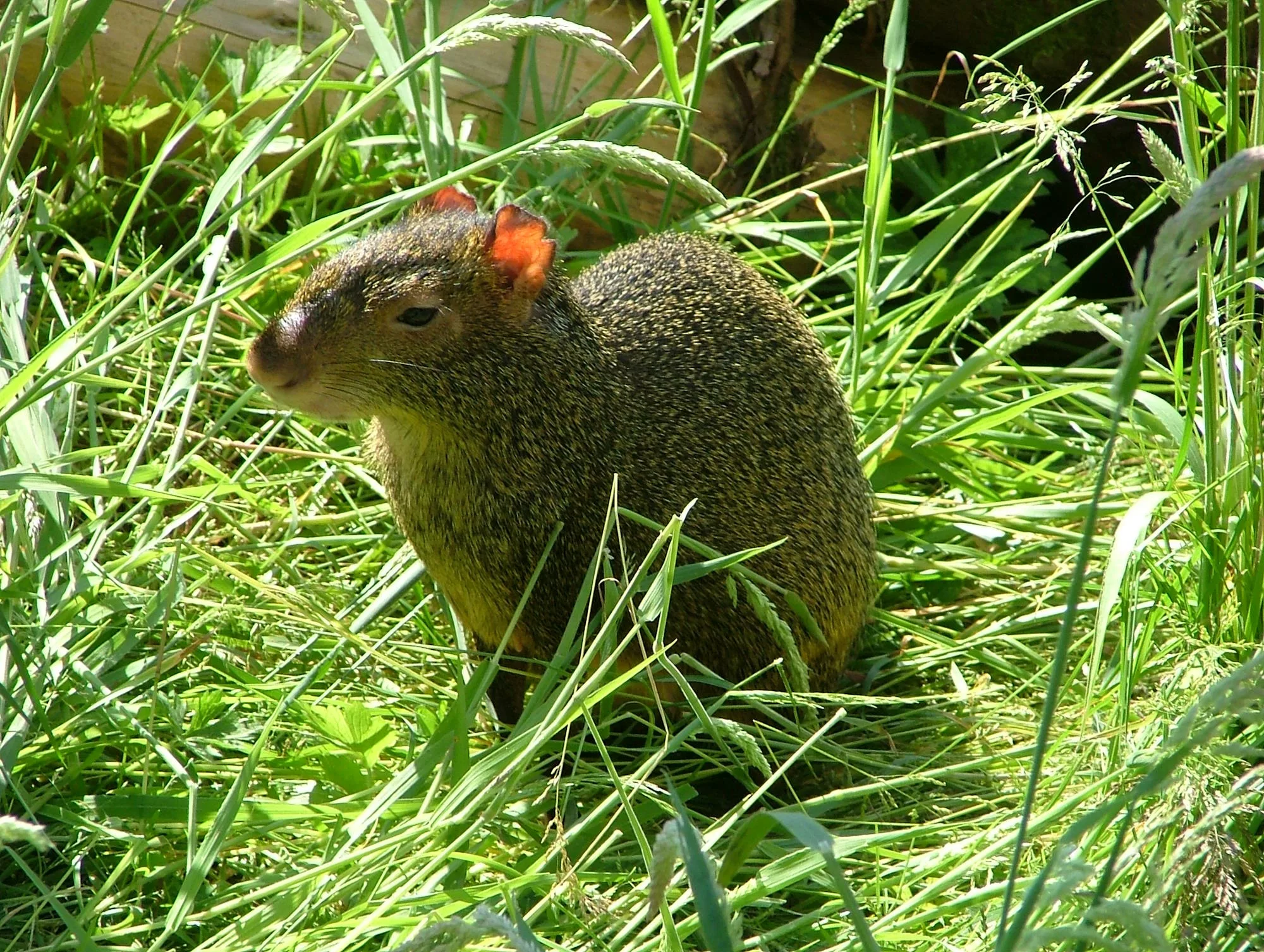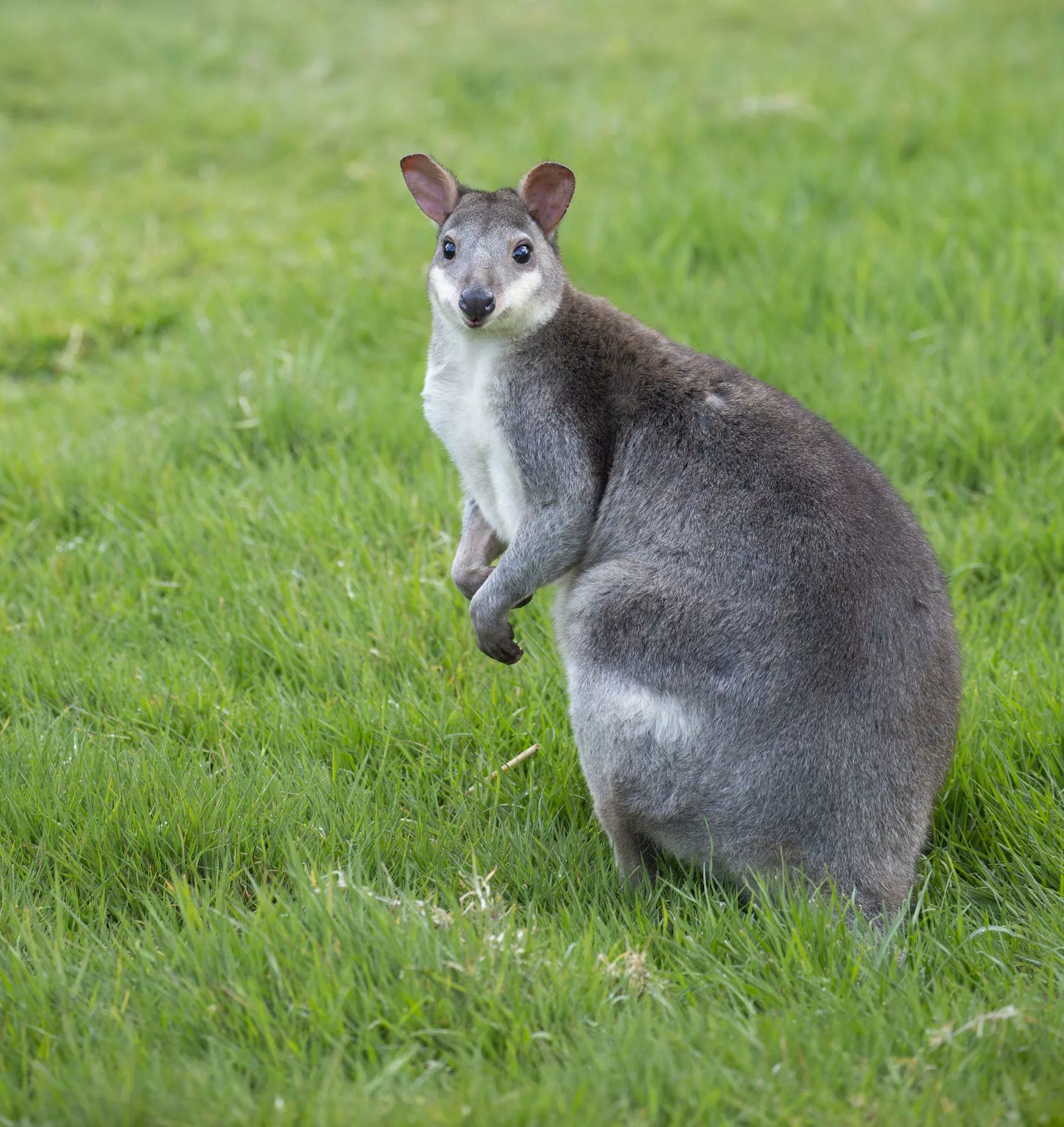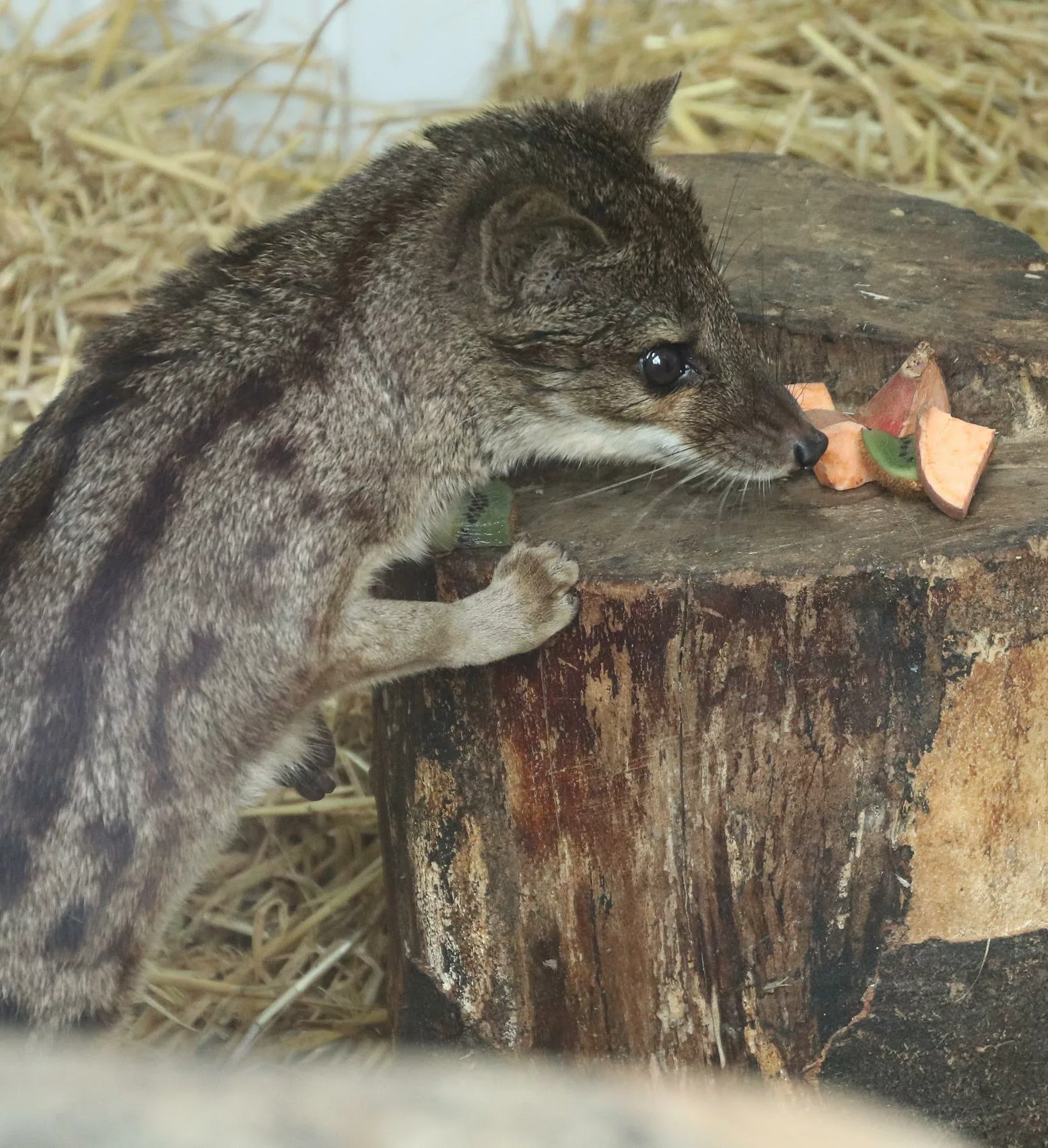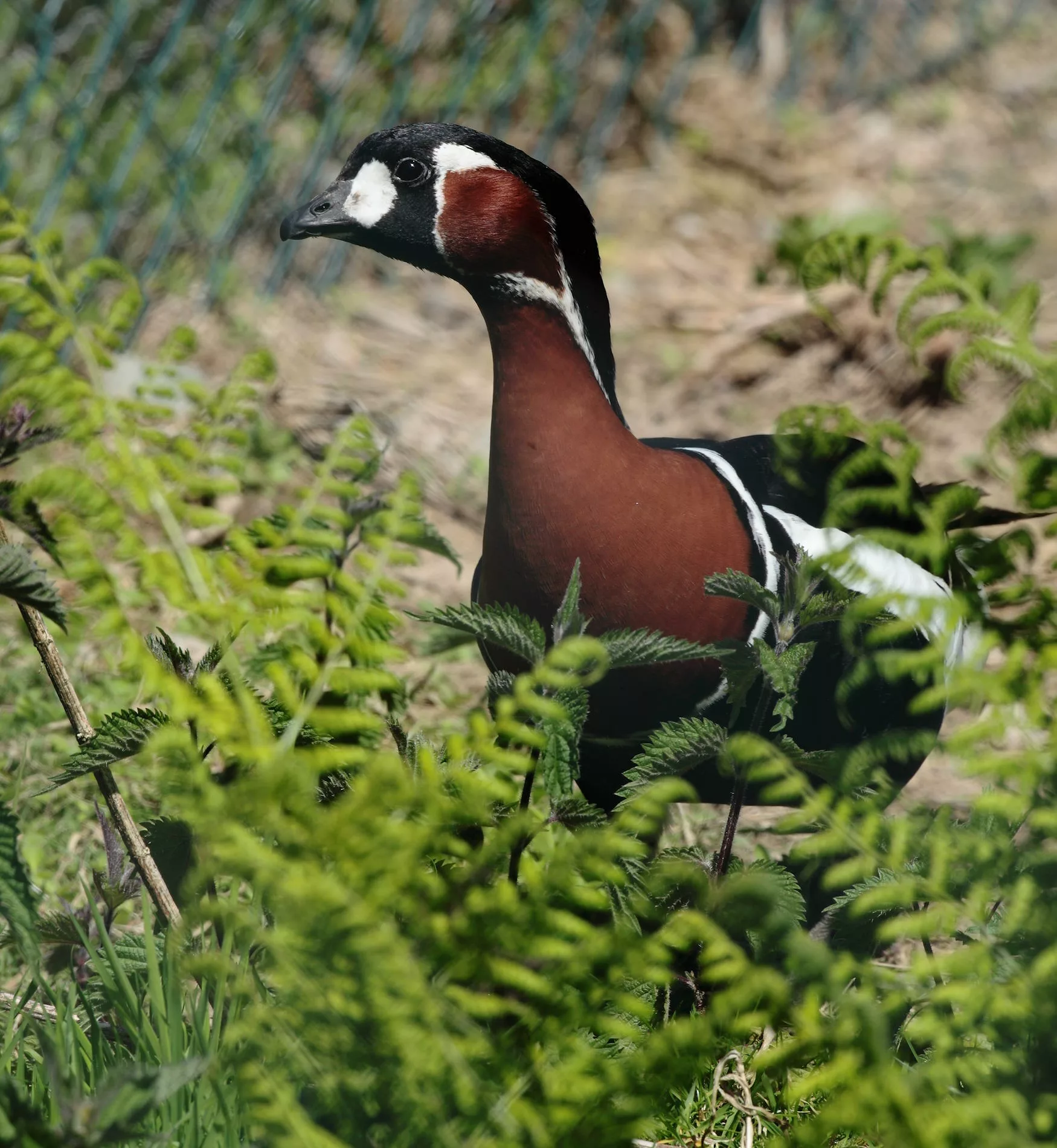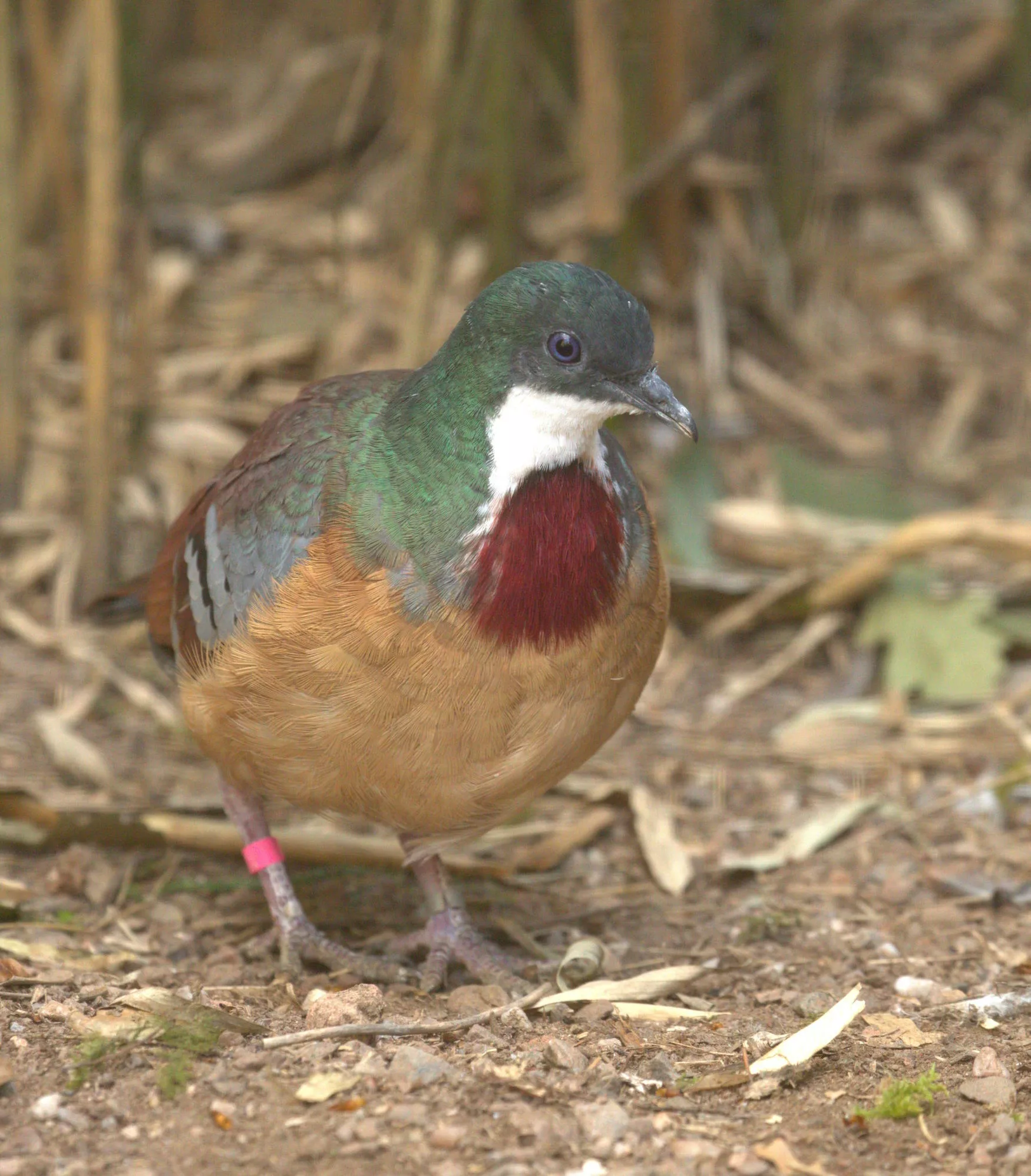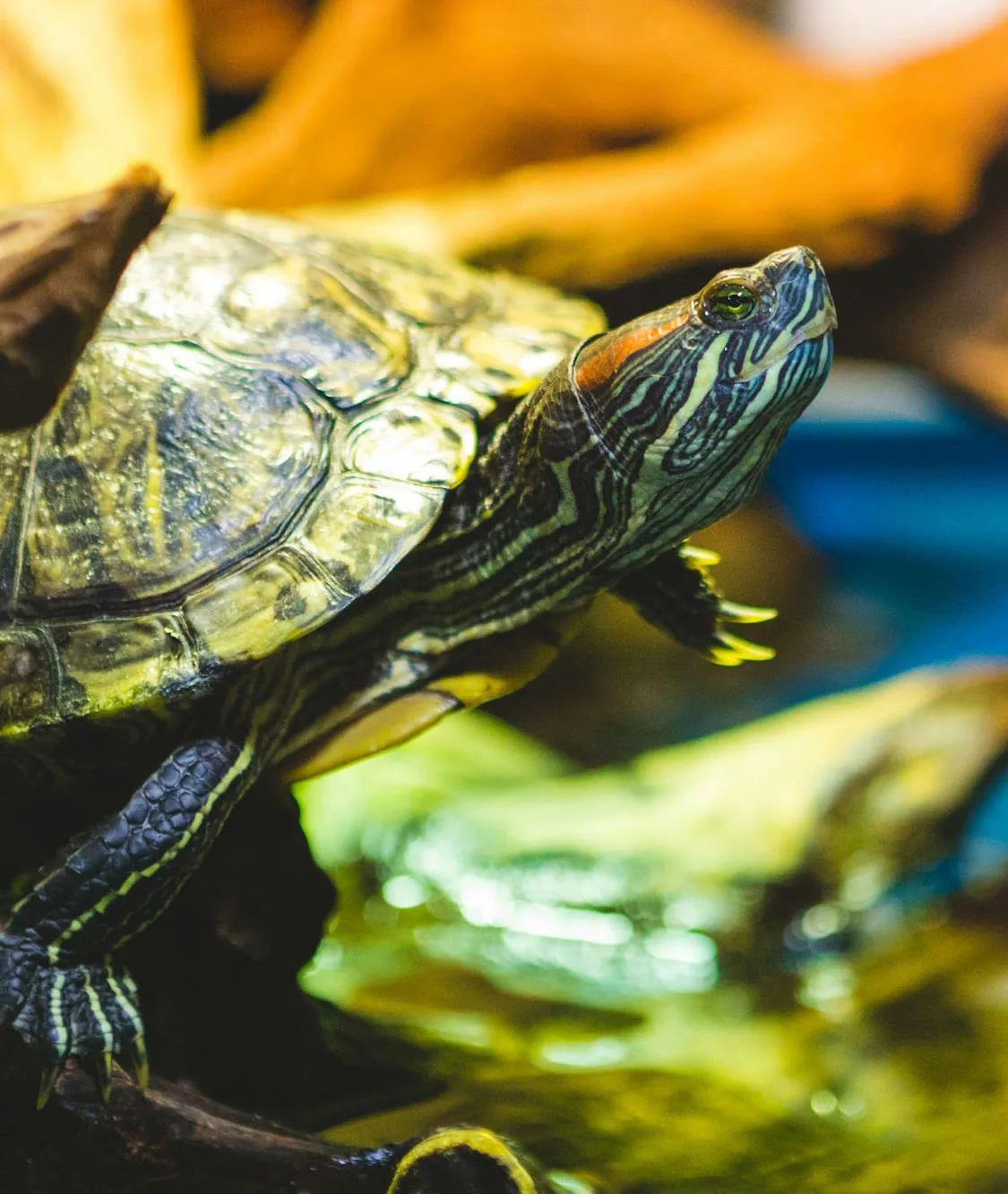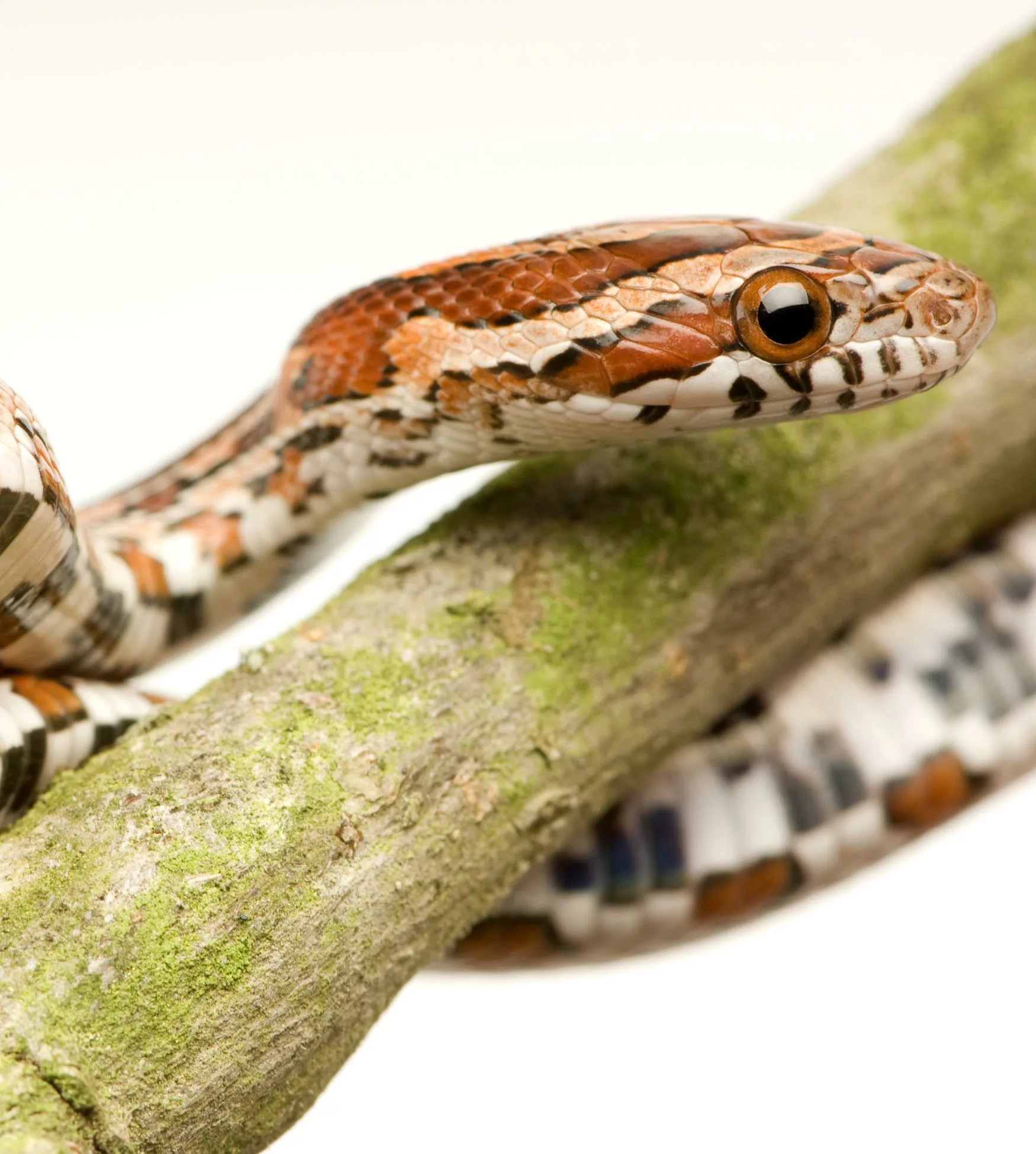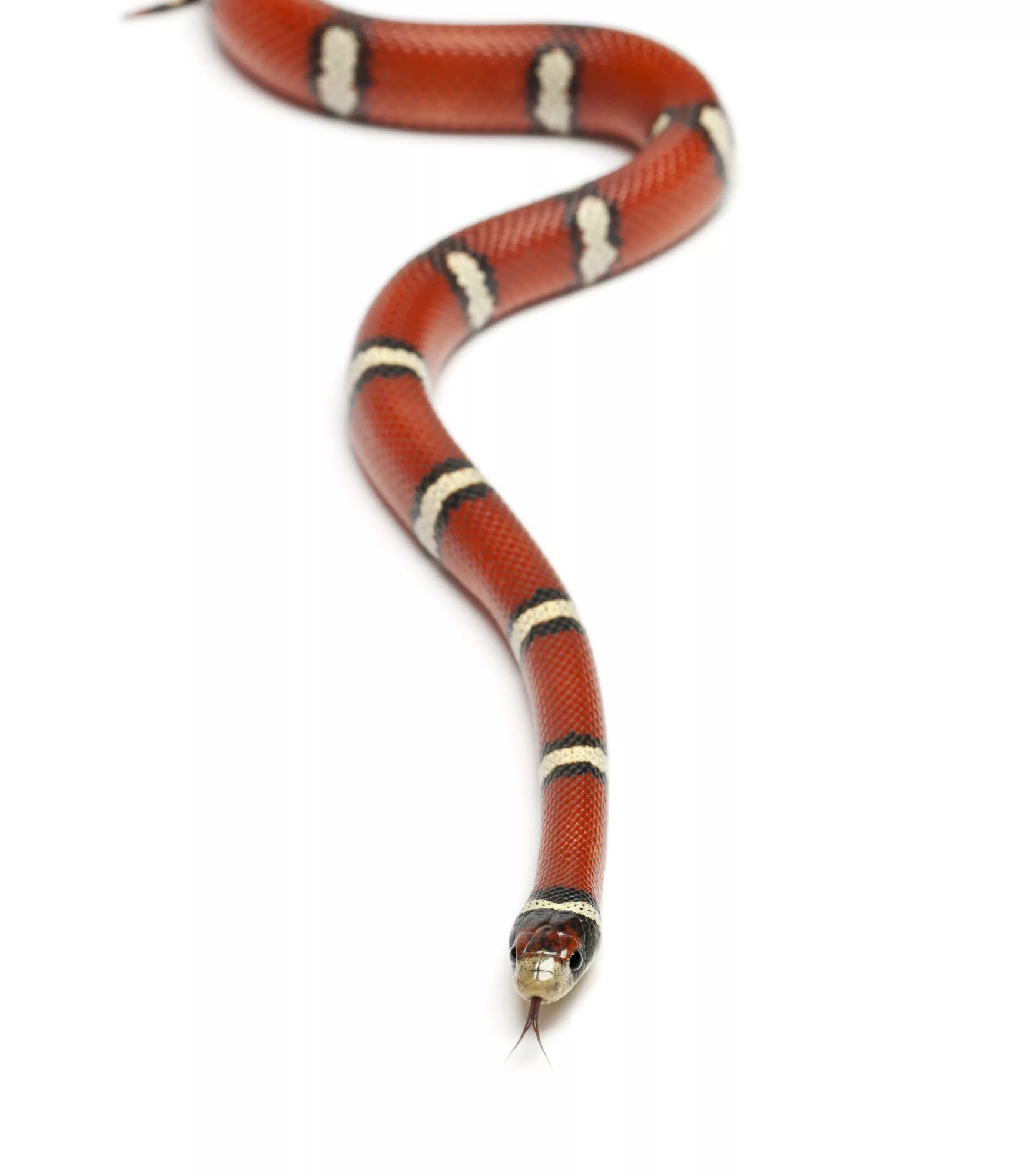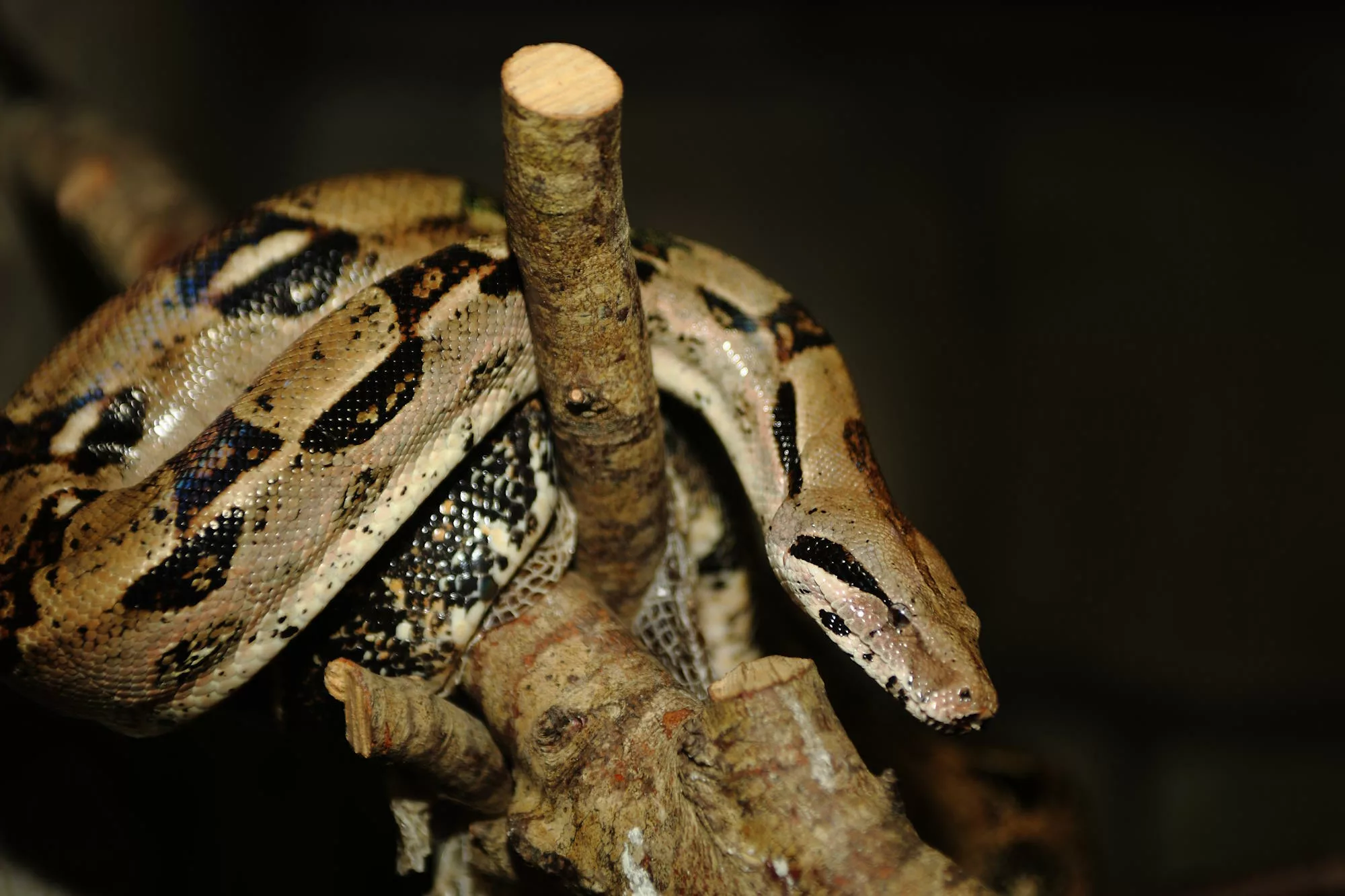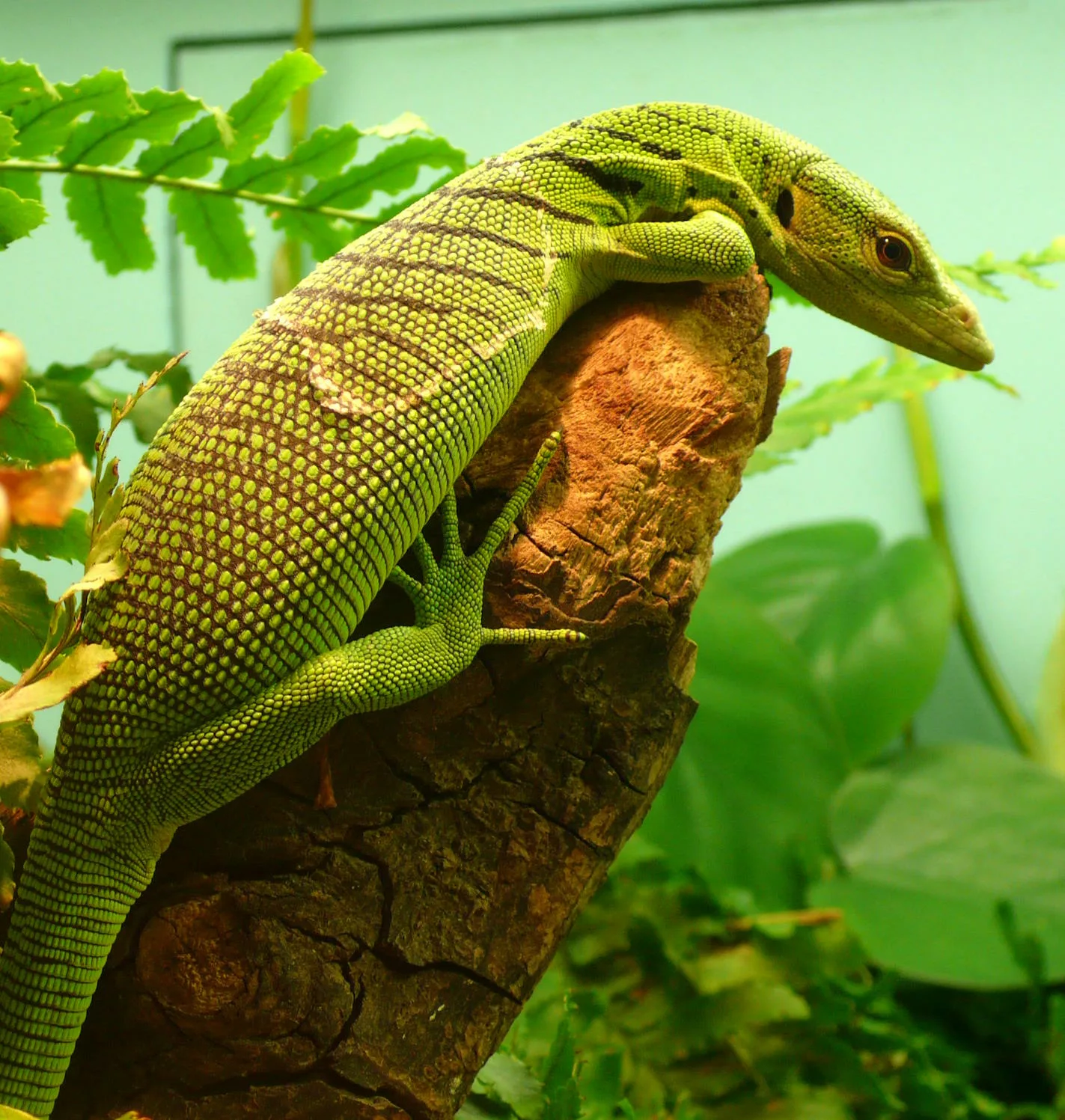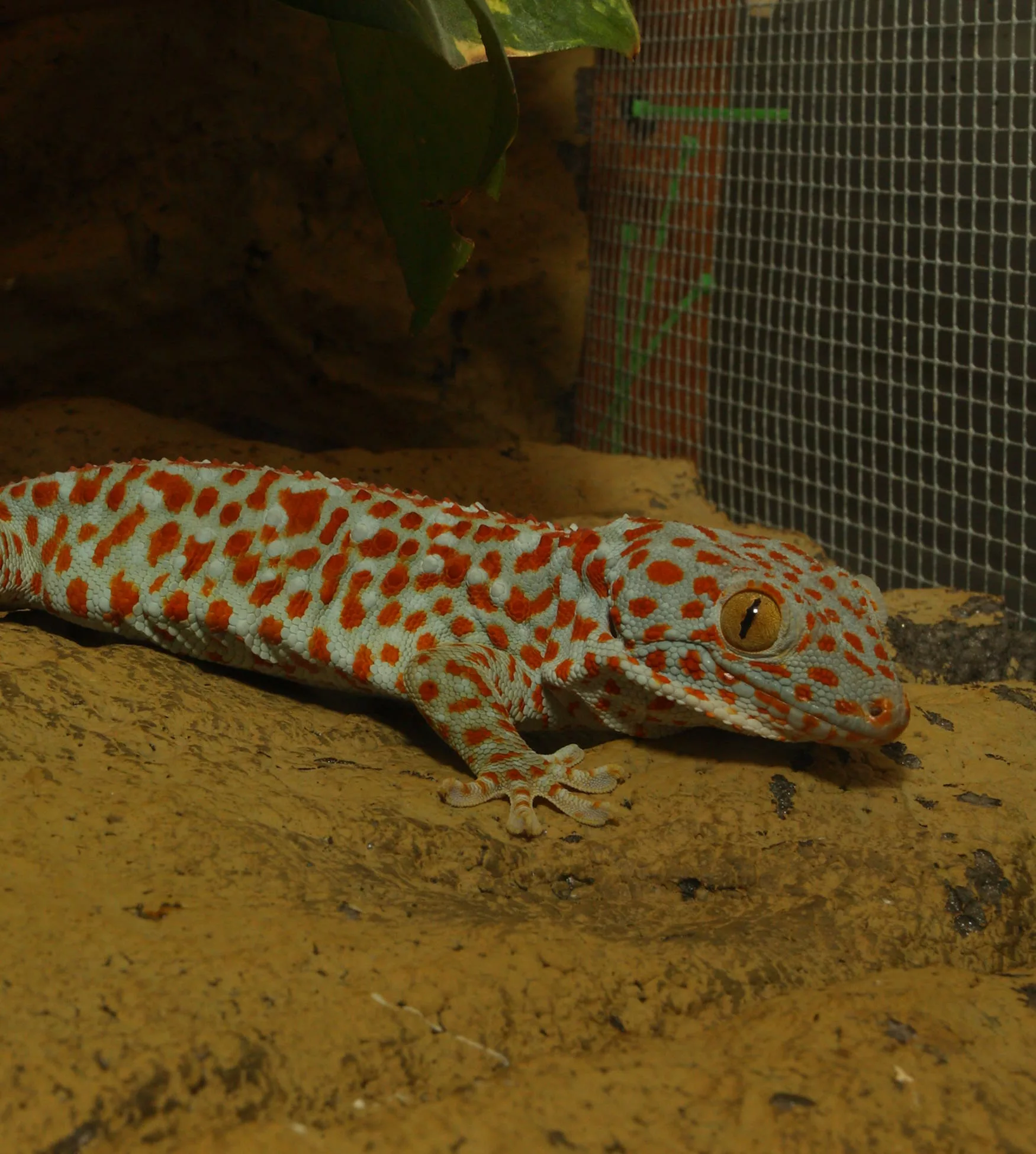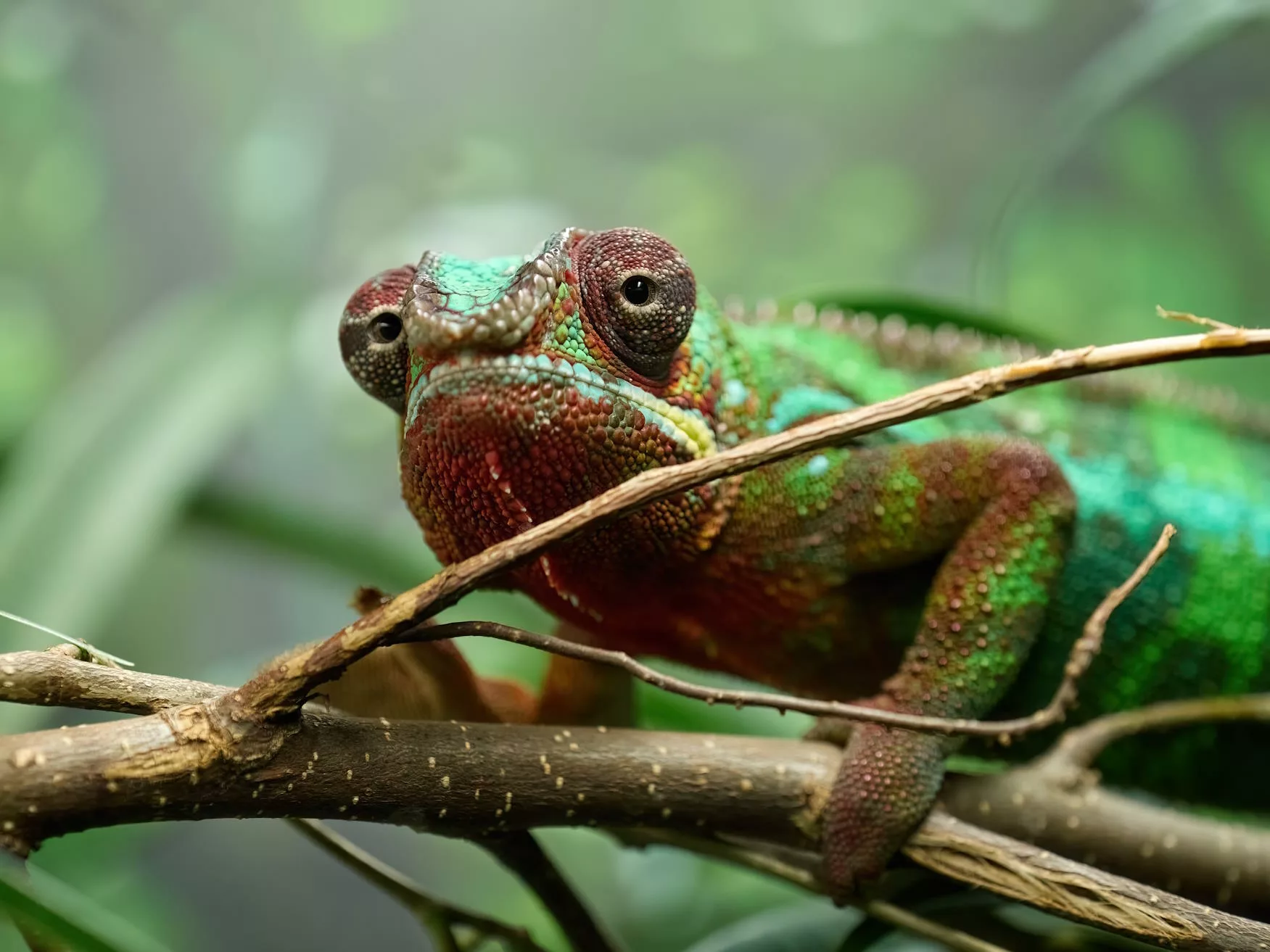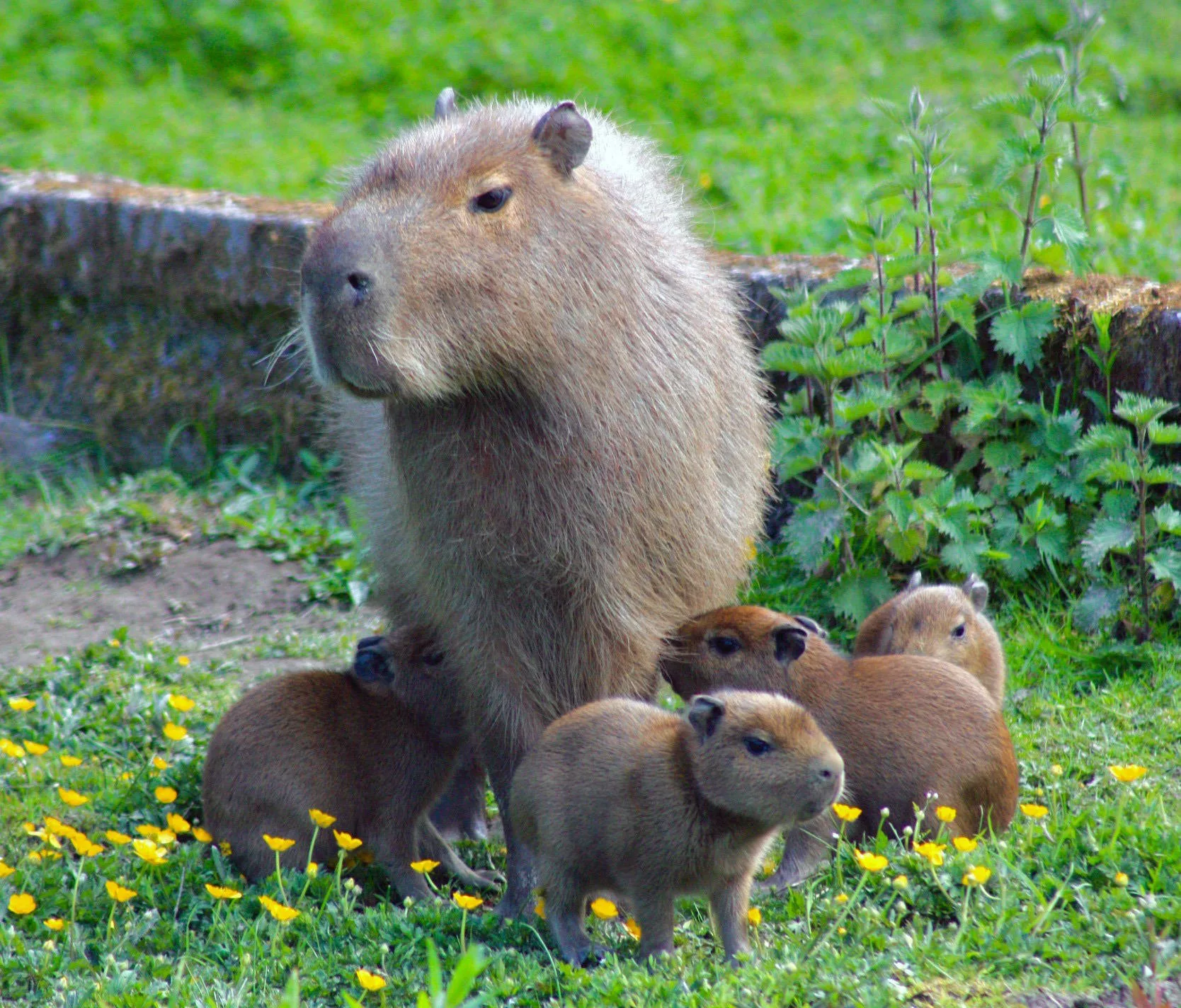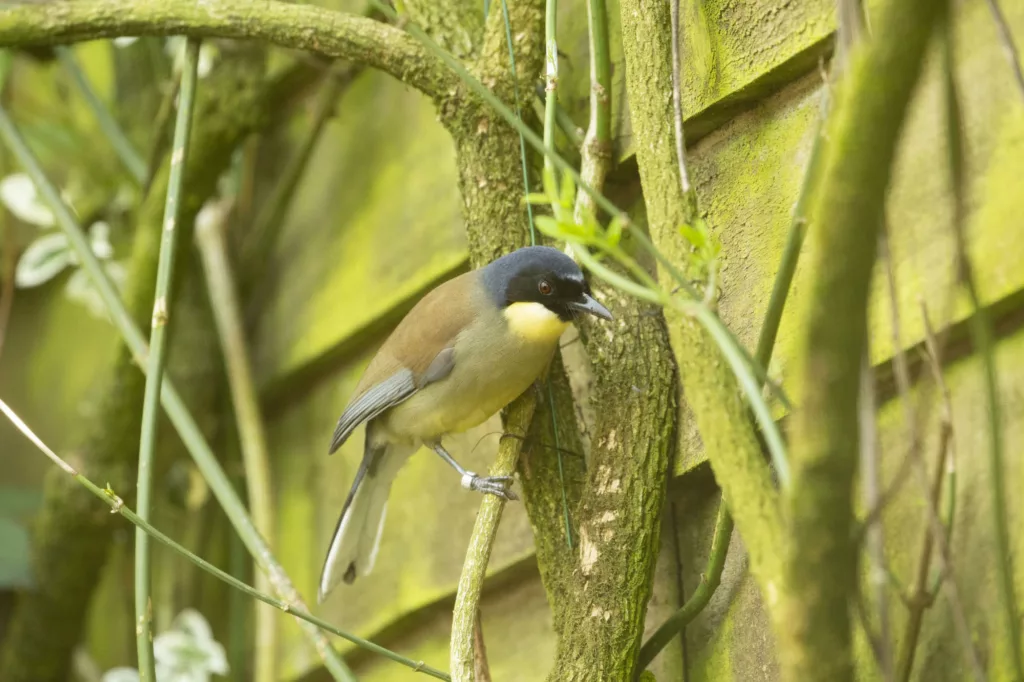
Blue-crowned laughingthrush
Scientific name: Pterorhinus courtoisi
IUCN listed as: Critically Endangered
Learn before you visit!
Here are some facts about the species – Discover what they eat, find out about their natural habitat, see what they like to do, and more… Set the reading style to suit you too, everyday speak or something aimed towards children.
Child-friendly
Everyday
Diet
The diet of the blue-crowned laughingthrush consists primarily of insects, larvae, and small invertebrates found in the forest undergrowth. They forage actively, hopping from branch to branch and probing into leaf litter to find their prey. Occasionally, they also consume fruits and seeds as supplementary food sources. Their feeding habits contribute to the health of the forest ecosystem by controlling insect populations.
Blue-crowned laughingthrushes eat insects, bugs, and small creatures they find in the forest. They hop around branches and look under leaves to find their food. Sometimes, they also eat fruits and seeds for a snack. By eating bugs, they help keep the forest healthy.
Breeding
During the breeding season, blue-crowned laughingthrushes form monogamous pairs. They build cup-shaped nests from twigs, moss, and leaves, usually placed in dense shrubs or low trees. The female lays 2 to 4 eggs, which both parents incubate for about 14 to 16 days. After hatching, both parents feed and care for the chicks until they are ready to leave the nest after about 12 to 14 days.
When it’s time to have babies, blue-crowned laughingthrushes find a mate and stay together. They make nests out of twigs, moss, and leaves in bushes or low trees. The mum lays 2 to 4 eggs, and both parents keep the eggs warm for about 14 to 16 days. When the chicks hatch, both mum and dad feed and look after them until they can fly after about 12 to 14 days.
Habitat
Blue-crowned laughingthrushes inhabit subtropical or tropical moist montane forests, typically found at higher elevations. They prefer dense undergrowth and are often found in areas with thick vegetation and tangled vines. These birds are native to parts of Southeast Asia, including mountainous regions of China, Vietnam, Laos, and Myanmar.
Blue-crowned laughingthrushes live in forests with lots of plants, especially in mountains. They like places with lots of bushes and vines. You can find them in places like China, Vietnam, Laos, and Myanmar in Asia.
At the zoo
In zoos, blue-crowned laughingthrushes are housed in habitats that mimic their natural forest environments, with plenty of vegetation and hiding spots. They are fed a diet that includes insects, fruits, and seeds to ensure their nutritional needs are met. Zoos may also participate in breeding programmes to help conserve this vulnerable species. Enrichment activities such as hiding food and providing puzzle feeders stimulate their natural foraging behaviours.
In zoos, blue-crowned laughingthrushes live in places that look like their forest homes, with lots of plants and places to hide. They eat insects, fruits, and seeds to stay strong and healthy. Zoos help them have babies to make sure there are enough of these birds in the wild. Fun activities, like hiding food and giving them puzzles to figure out, keep them busy and happy.
Behaviour
Blue-crowned laughingthrushes are social birds, often seen in small groups or pairs. They communicate with a variety of calls, including melodious songs and distinctive calls that sound like laughter. These birds are active during the day, foraging for food and defending their territories. They are agile climbers and can hop and flit through dense vegetation with ease.
Blue-crowned laughingthrushes like to be with other birds, often in small groups. They talk to each other with different sounds, including songs and funny calls that sound like laughing. They are busy during the day, finding food and making sure their home is safe. They are good at climbing and moving through thick bushes and trees.
Fun facts
- Musical Mimics: Blue-crowned laughingthrushes can mimic the sounds of other birds and even some human noises.
- Social Chatter: They are very talkative and communicate with each other using a range of calls.
- High-altitude Dwellers: These birds are adapted to living in mountain forests, where they are perfectly at home.
- Nest Helpers: Sometimes, other birds help the parents feed the chicks and keep them safe.
- Vulnerable Species: Due to habitat loss and hunting, they need our help to protect their homes.
- Sound Imitators: Blue-crowned laughingthrushes can copy the sounds of other birds and even some human noises.
- Chatty Birds: They like to talk a lot and use different sounds to talk to each other.
- Mountain Experts: These birds are really good at living in forests high up in the mountains.
- Family Helpers: Sometimes, other birds help the mum and dad feed the baby birds and make sure they’re safe.
- Need Our Help: Because their homes are being lost and people hunt them, we need to help keep them safe.
More animals to discover at our zoo
Quick Links
Tickets & Prices
You can buy tickets for Exmoor Zoo securely online, as well as finding out more price options, discover offers, and more…
What’s on…
Exmoor Zoo hosts incredible Events all through the year. You can find out about what we’ve got in store here…
Routes & info
Like any great discovery, Exmoor Zoo can feel a little off the beaten path – but don’t worry – you can plan your journey with our recommended routes and other useful travel info.
